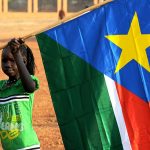While it is tempting to openly focus on the paradise elements of the Philippines in truth the nation is filled with a lot of poverty, poverty which is exemplified by the Slums of Manila.
Yet while almost 50 percent of the capitals 11 million people live in the slums they get rare mention in media and almost never visited by outsiders. It is for this reason that we come and visit on our Philippines Tours, specifically our Extreme Philippines Tours.
What are The Slums of Manila?
Manila’s slums are the result of decades of political failure, overpopulation, and rapid rural migration. After World War II, the capital was bombed flat. As the city rebuilt, people from the provinces came in fast, looking for work. The government didn’t keep up. Housing projects were slow, underfunded, or abandoned. Informal settlements grew wherever there was space—near ports, rivers, dumps, and railways.
By the 1970s and 80s, things intensified under Marcos. Entire communities were evicted for development projects and pushed into even worse conditions. This helped expand areas like Baseco, Payatas, Parola, and San Roque. These aren’t just slums—they’re massive, permanent settlements, each with tens or hundreds of thousands of residents.
Today, around 5 million+ people live in Manila’s slums. Families build homes out of plywood and scrap, send their kids to school, and work long hours in the informal economy. The system hasn’t changed. Manila keeps growing, land prices soar, and people keep arriving. The slums keep absorbing them.
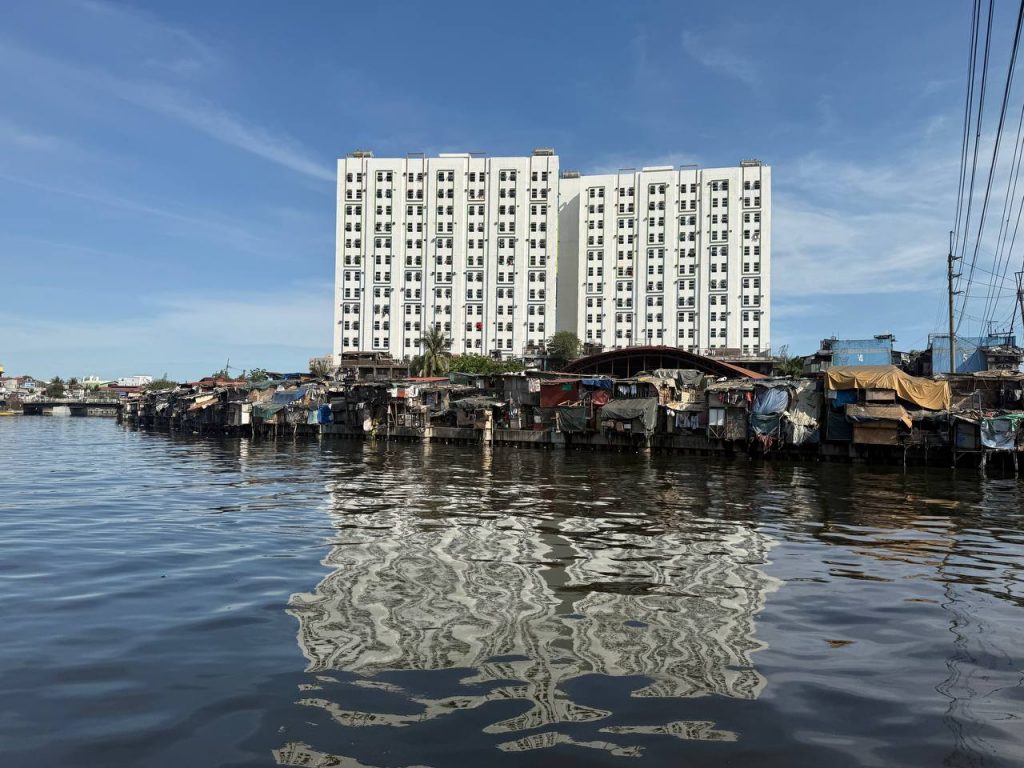

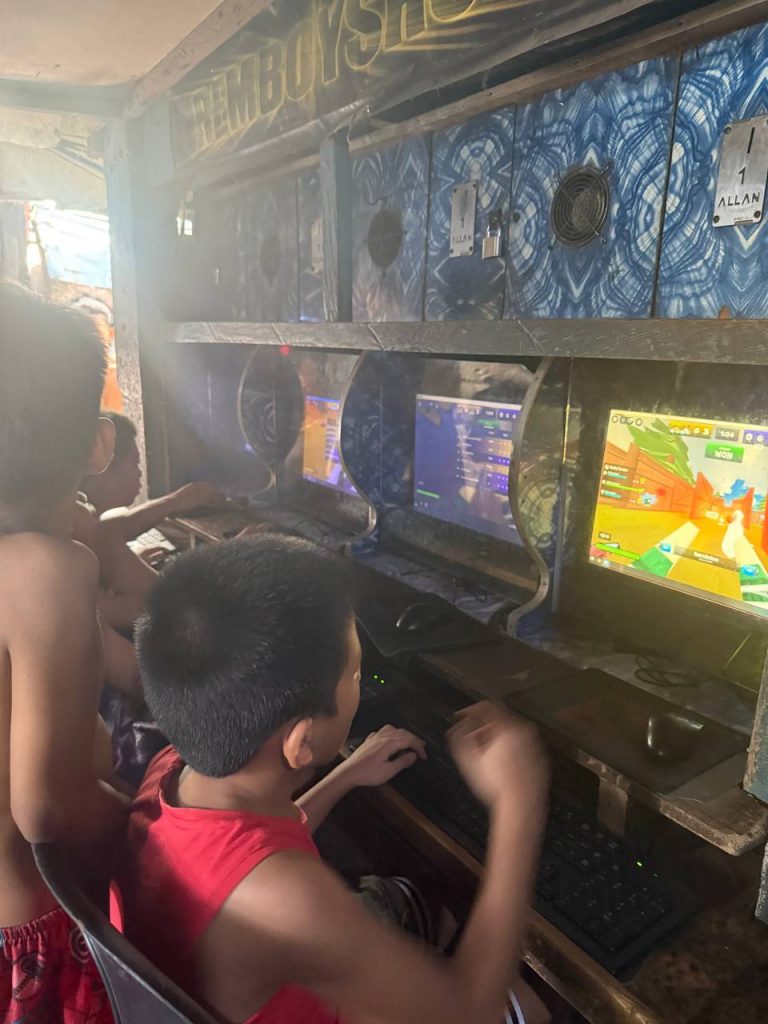
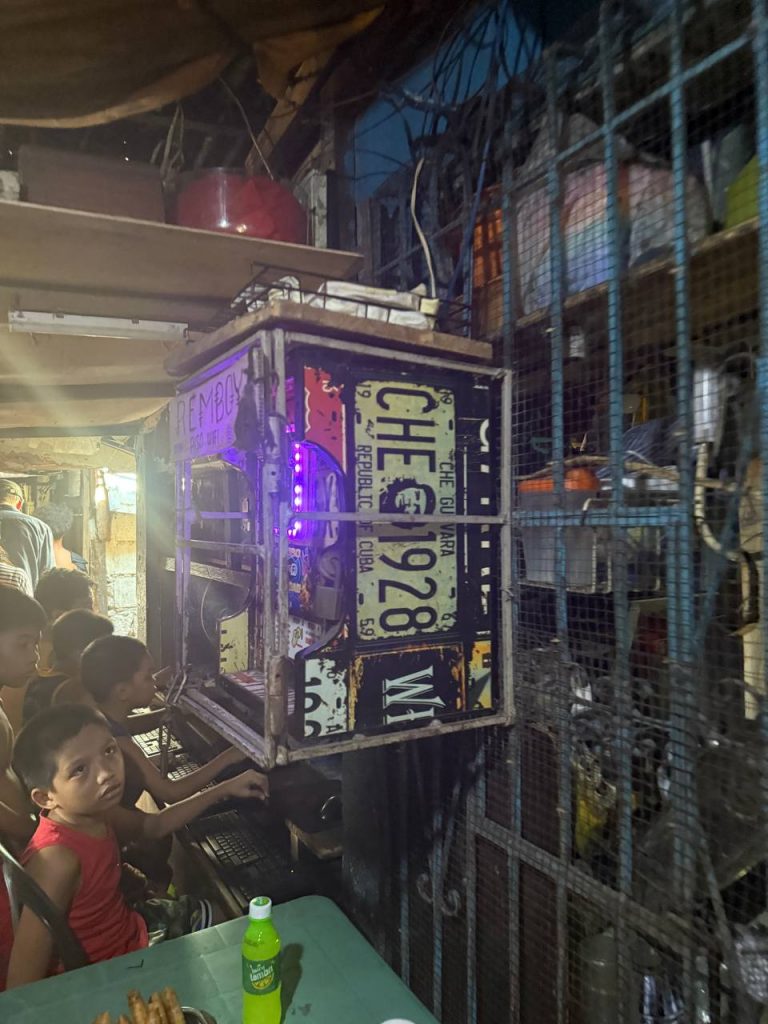
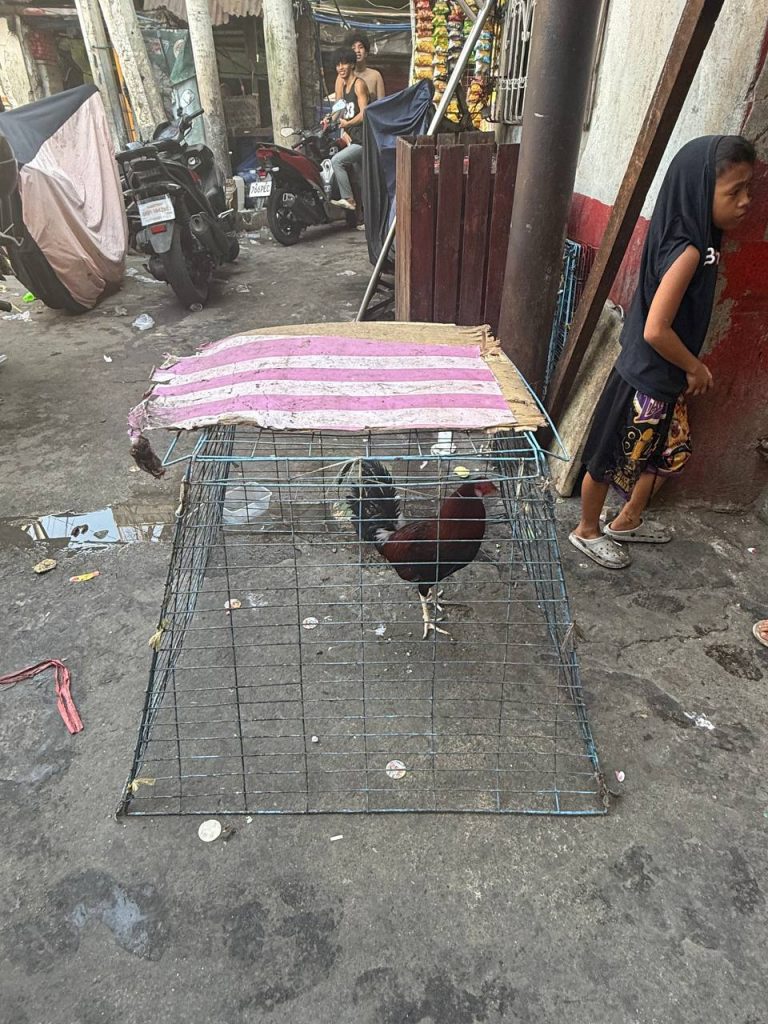

What is Smokey Mountain
Smokey Mountain was once Manila’s most notorious garbage dump in Tondo. By the 1980s, it was home to around 30,000 people who survived by scavenging recyclables and anything else they could sell. The mountain of trash was constantly burning, with thick smoke in the air, making life unbearable. People built homes on top of the refuse, turning it into a slum.
The government closed the dump in 1995 and relocated many of the residents to housing projects, but the legacy of poverty remained. Today, the area has been redeveloped with new housing and a market, but Smokey Mountain’s name still carries the memory of the struggle of the urban poor, a stark reminder of the city’s failure to address its deep inequalities.
What is Happy Land
Happyland, located in Tondo, Manila, was once a sprawling, informal settlement built around a massive garbage dump. People lived amidst the stench and smoke, scavenging for food, materials, and anything they could sell. The area got its ironic name because, for its residents, survival was a daily struggle. By the 1990s, it was home to thousands, with makeshift homes wedged between piles of refuse and open sewers.
The government attempted relocations and development projects, but these often fell short, leaving many residents trapped in poverty. Today, much of Happyland has been redeveloped, with housing projects and new infrastructure in place. However, the whatever they try to do and whatever the government says this is the still the benchmark for slums and poverty within Manila and The Philippines.
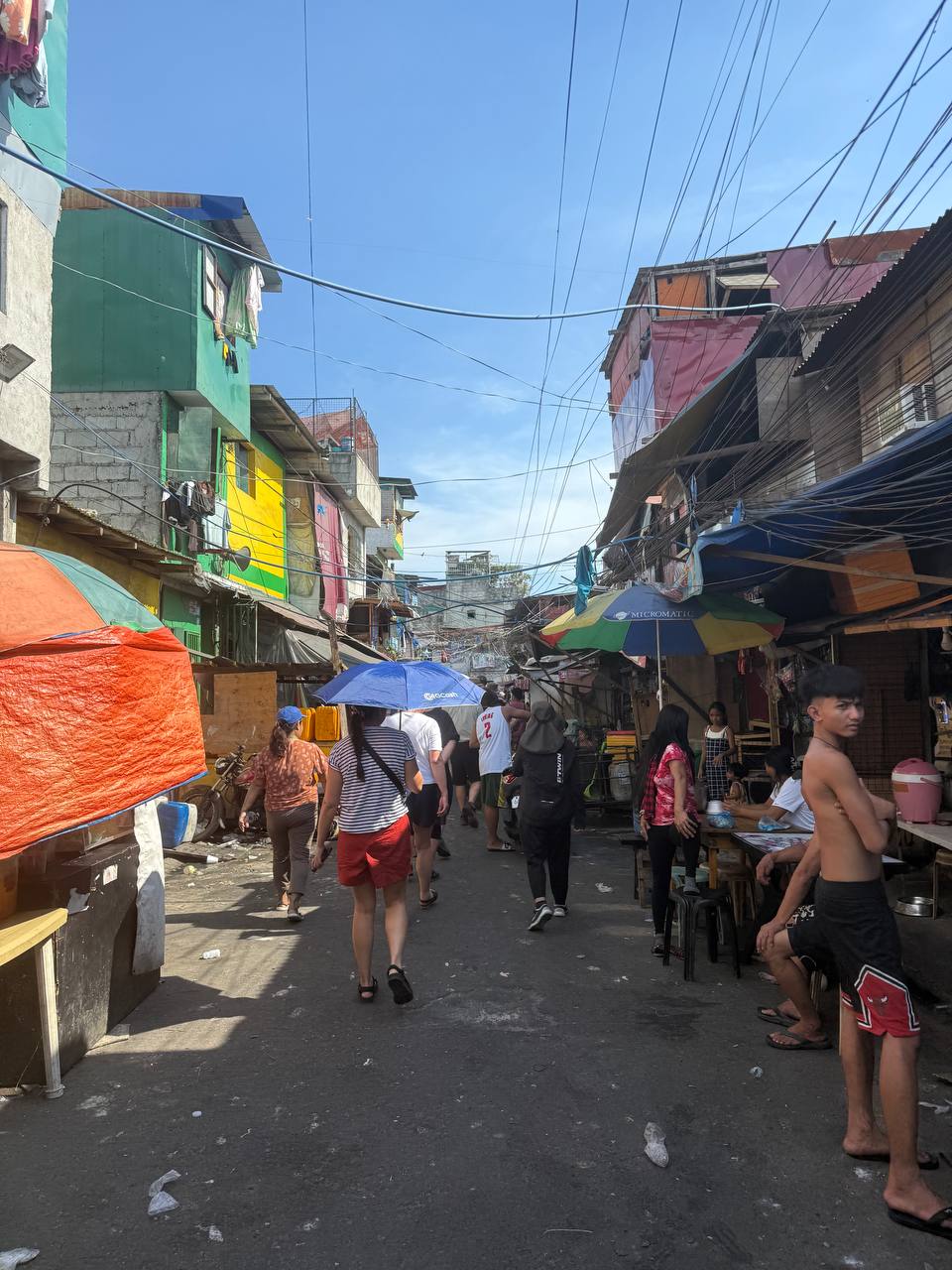
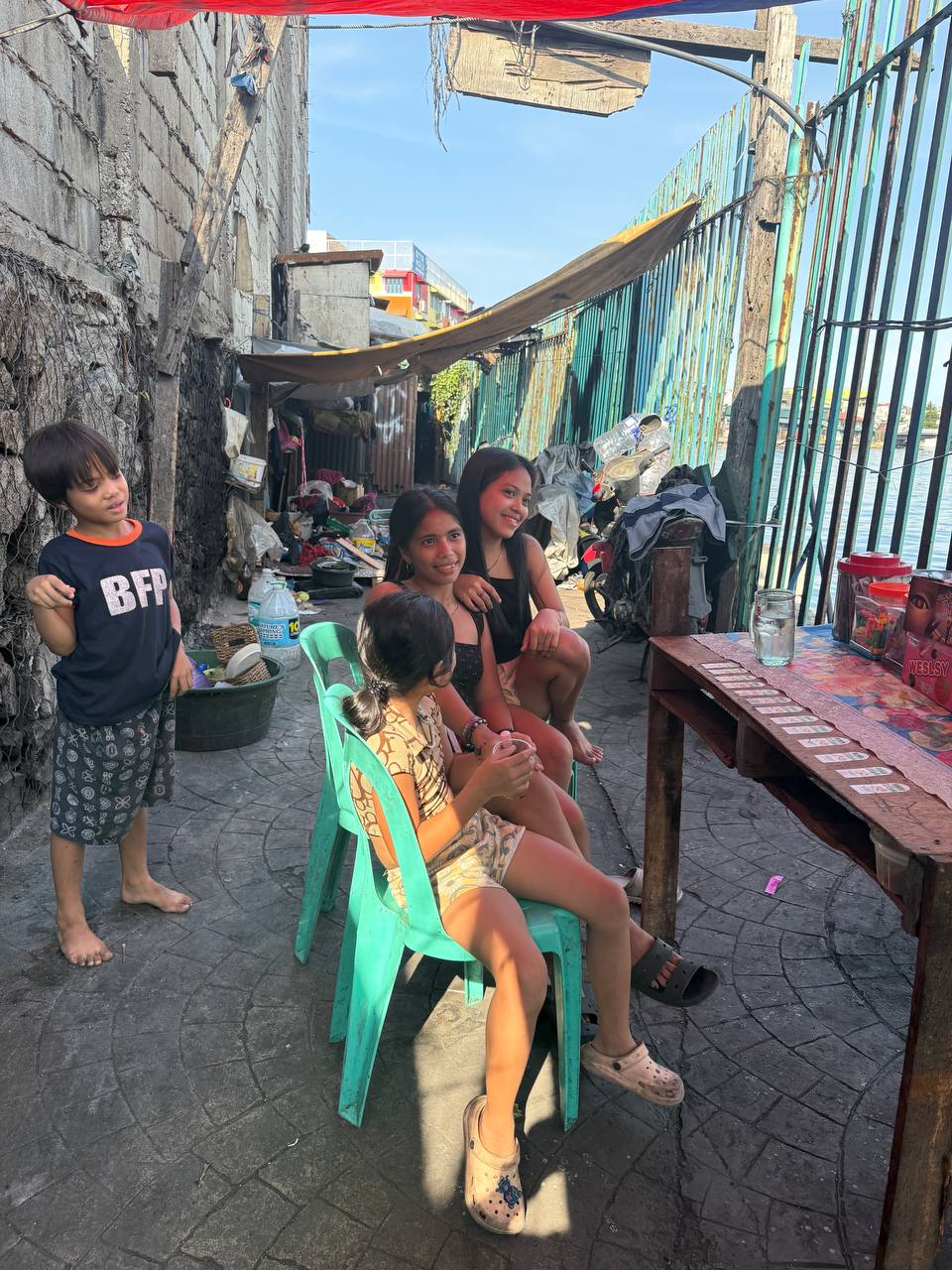
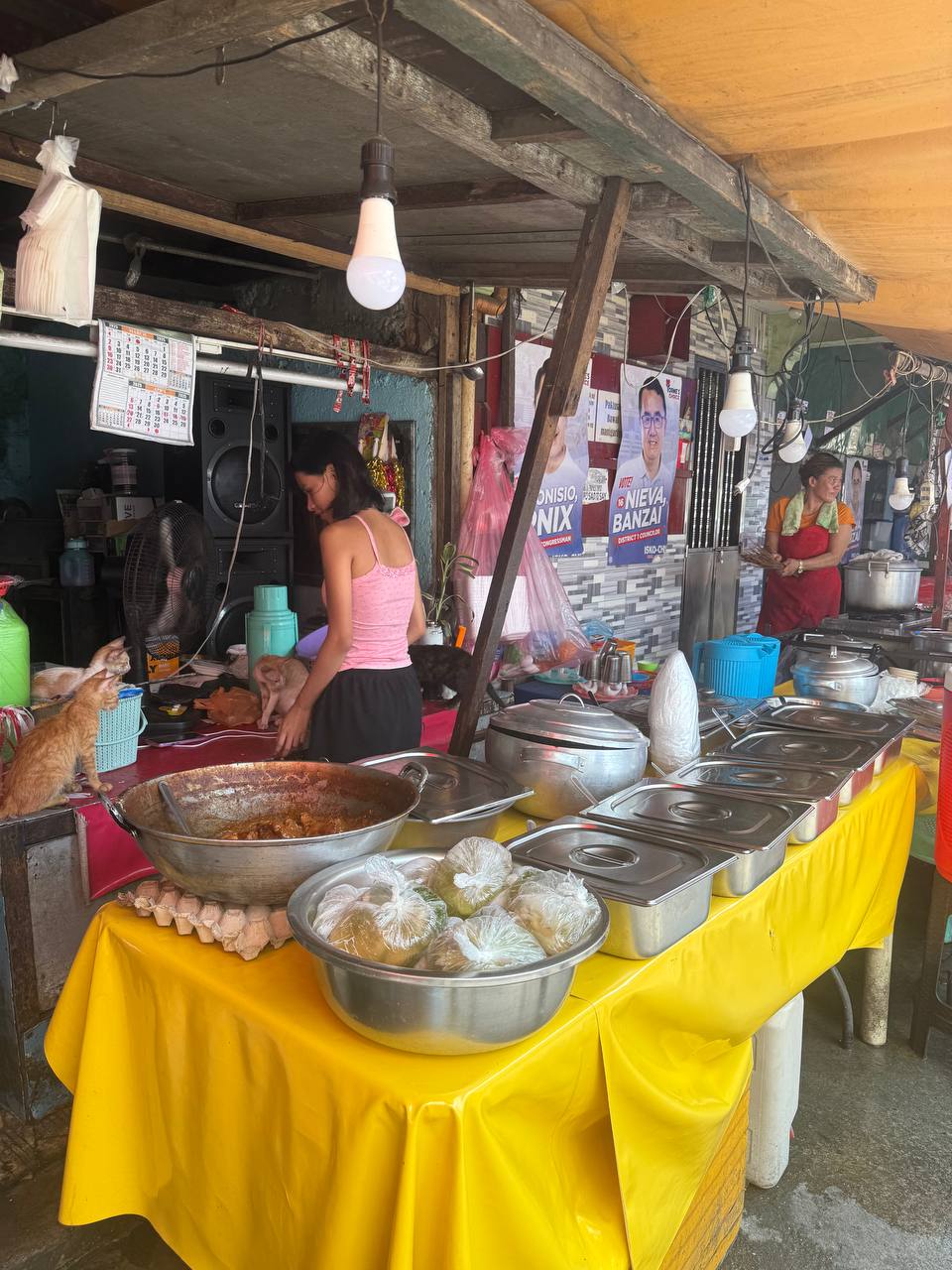
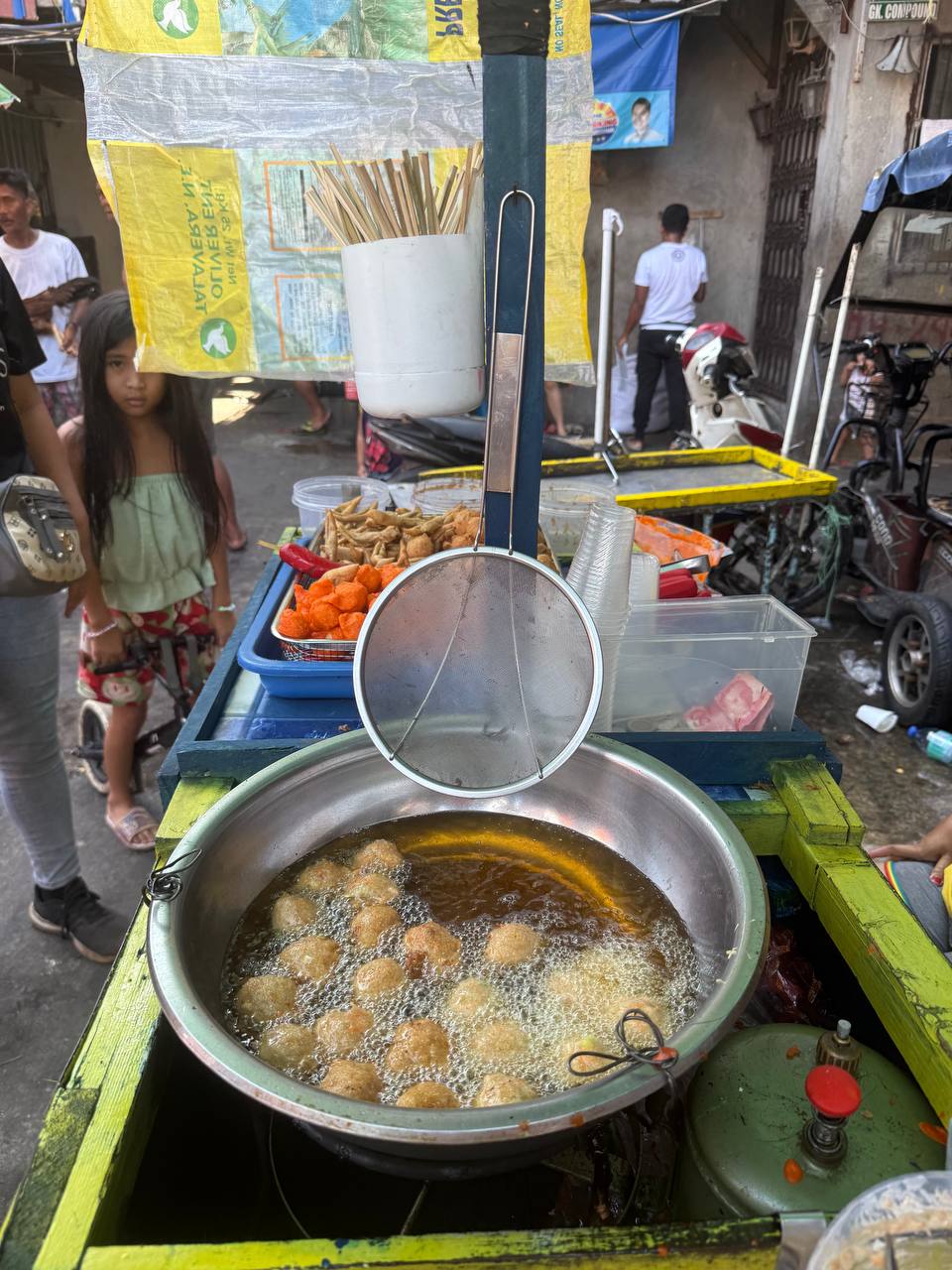
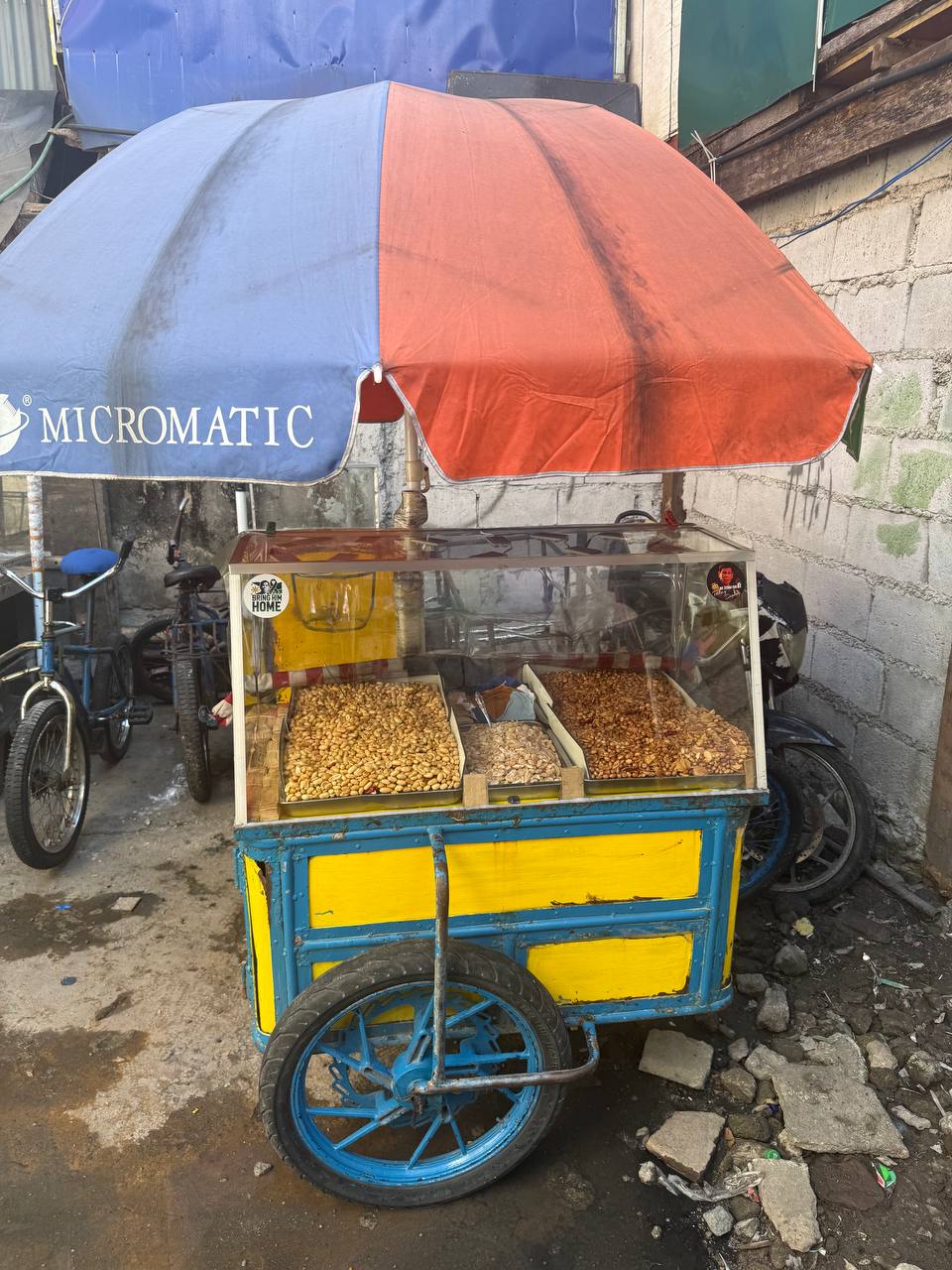

Why are there Slums in Manila?
Slums in the Philippines exist because of a perfect storm of capitalism, inequality, and a society where the rich thrive at the expense of the poor. The country’s rapid urbanization, paired with a lack of proper housing, has pushed millions into informal settlements. The government’s failure to address these issues has led to areas like Baseco, Payatas, and Smokey Mountain, where people are left to survive on whatever they can scavenge or sell.
Capitalism in the Philippines is a brutal game. A handful of wealthy families control vast portions of the economy, leaving the working class with little opportunity to break out of poverty. The country’s oligarchy has created an environment where wealth is hoarded by the few, and the masses are forced to live in the slums, scraping by just to make ends meet. Add to that the “crab mentality,” a cultural mindset where people pull each other down instead of lifting each other up, and you’ve got a system that’s designed to keep the poor poor.
The gap between the rich and the poor is severe. The elite live in luxurious gated communities, while millions in Manila live in conditions that most would consider unthinkable. The system is rigged, and the slums are just the most visible manifestation of it.
In fact one might even go as far to say that it is perhaps one of the worst examples of a capitalist system in the area, if not the world, one in which its people are the main export. Does this mean that the country is bad? No far from it, but it does have many problems you should recognize if you decide to visit the country.
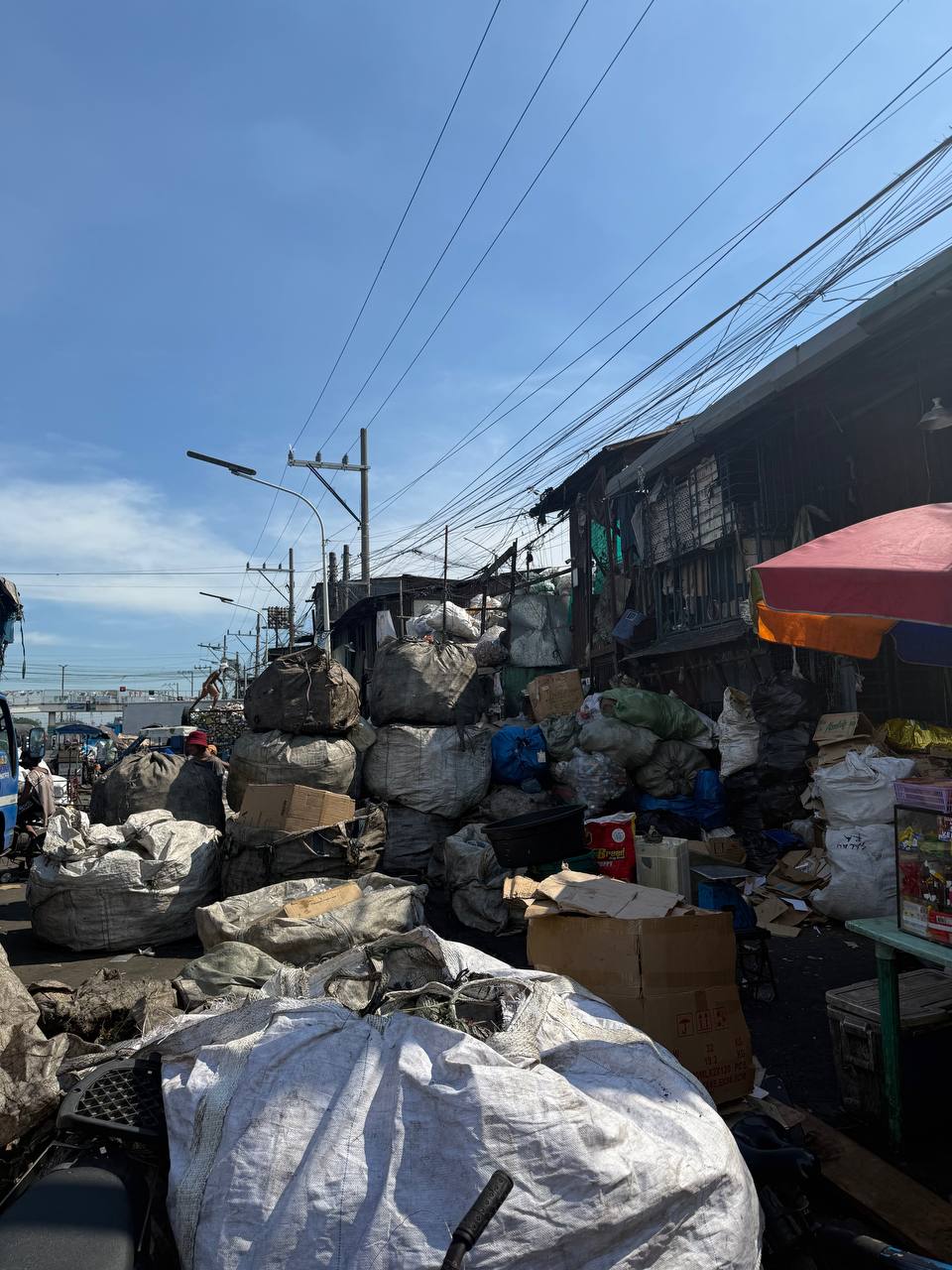

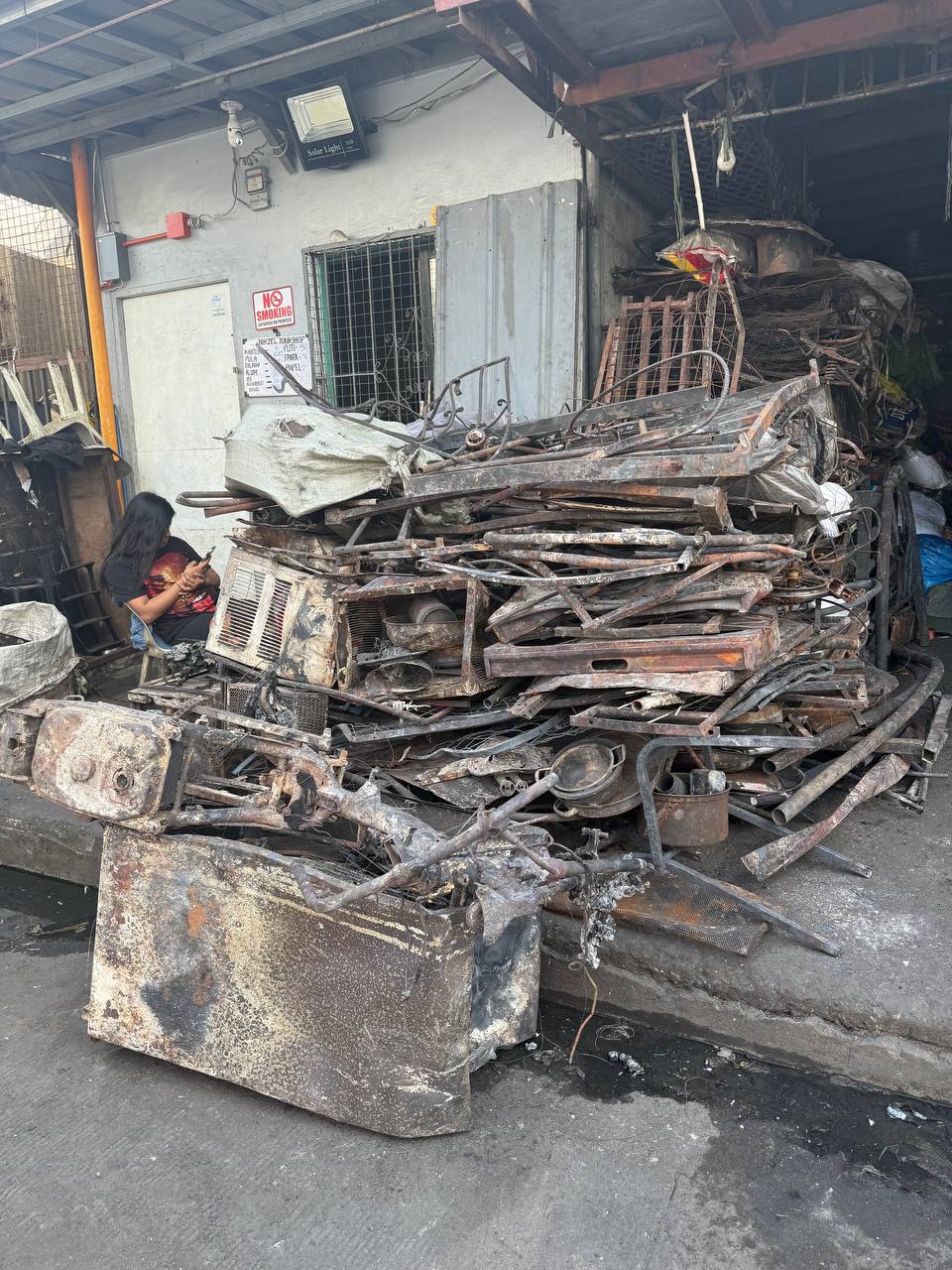
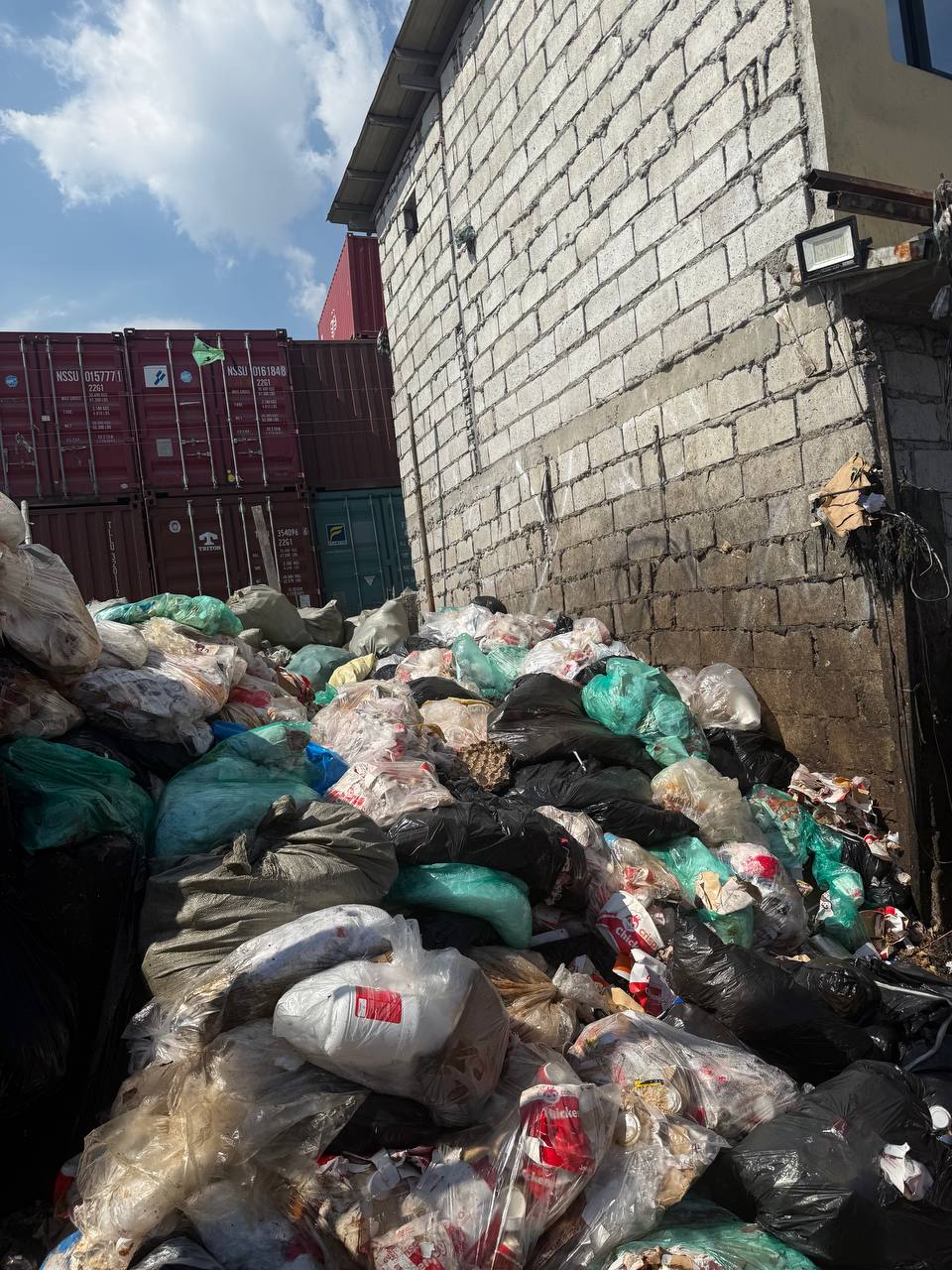
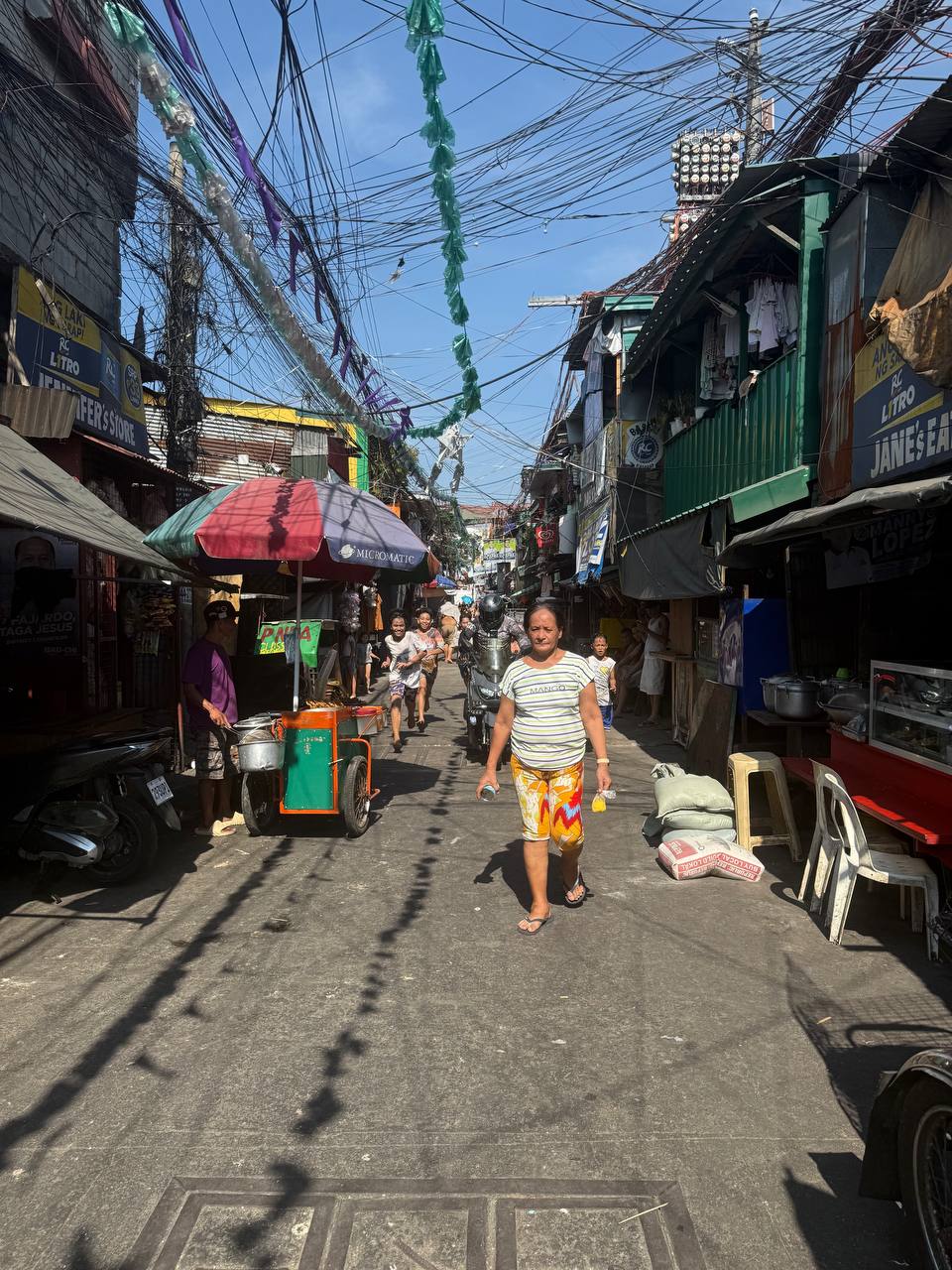
How do you visit the Slums of Manila?
OK, so I will get the party political broadcast out of the way, the most fulfilling way to see the slums of Manila is on YPT’s Extreme Philippines Tour! By booking this not only do you get to witness the extremes of the Philippines, but part of the money you spend goes right back into grassroots projects.
Alternatively you can visit through organizations like Smokey Tou who run regular and bespoke trips of the area. What you really should not do is just rock up yourself and act all privileged! This is peoples homes, so act not just accordingly, but alas with a semblance of common sense. If though do all of that you can actually have a rewarding time exploring the slums of Manila.



